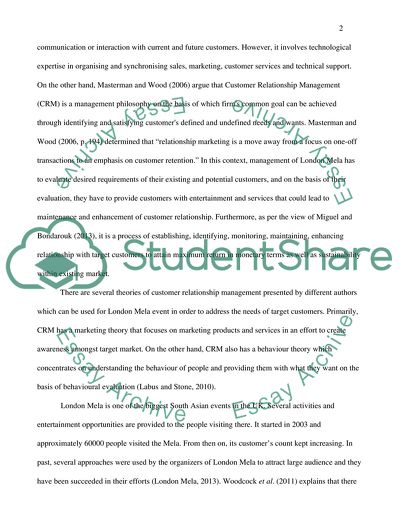Cite this document
(“Role of Social Media in Customer Relationship Management Essay”, n.d.)
Retrieved from https://studentshare.org/media/1682904-essay-examine-the-role-of-social-media-in-customer-relationship-management
Retrieved from https://studentshare.org/media/1682904-essay-examine-the-role-of-social-media-in-customer-relationship-management
(Role of Social Media in Customer Relationship Management Essay)
https://studentshare.org/media/1682904-essay-examine-the-role-of-social-media-in-customer-relationship-management.
https://studentshare.org/media/1682904-essay-examine-the-role-of-social-media-in-customer-relationship-management.
“Role of Social Media in Customer Relationship Management Essay”, n.d. https://studentshare.org/media/1682904-essay-examine-the-role-of-social-media-in-customer-relationship-management.


